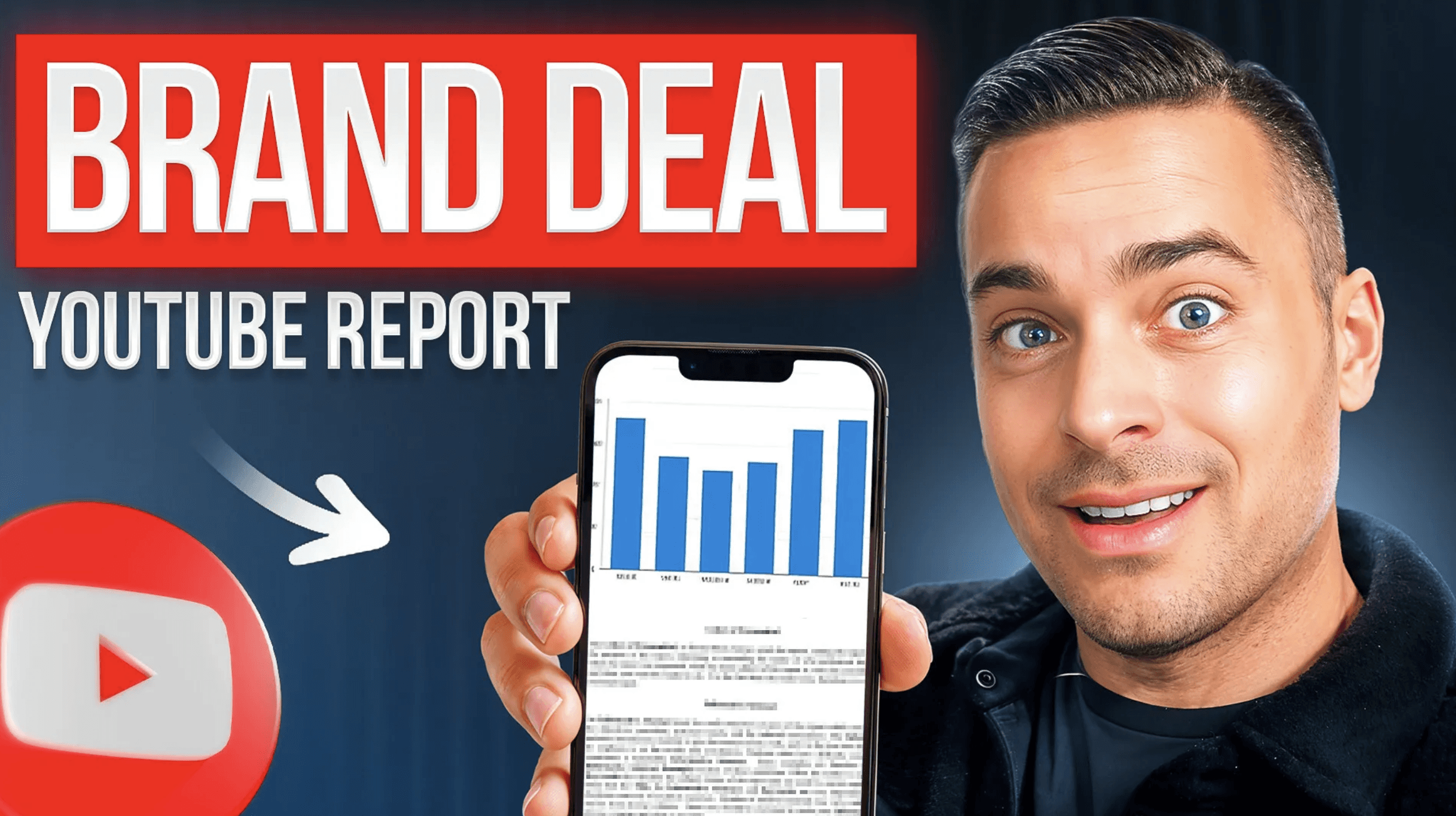
How to Create a "Post-Campaign Report" (with Your Comprehensive Analysis)
Brendan Gahan, former partner at advertising agency Mekanism, once told me, "I've worked on thousands of campaigns, and I've only had one creator put together slides and a report."
Remember: the bar is in the basement.
I don't know about you, but I'd prefer to live in a penthouse over a basement.
Think of the Post-Campaign Report (PCR) as your private elevator.

Let's review the six key ingredients:
1. Overview
Open the PCR by including a high-level summary of the campaign objectives. Since this document will likely be shared internally with brand stakeholders (or, if it's an agency, with their client), it's important to remind everyone what the goals were.
2. Deliverables
Provide an overview of the work you produced or executed. If you published online assets, include links to every post for easy reference.
3. Key Insights
This section includes your quantitative and qualitative analyses of how the campaign performed. Depending on the campaign goal(s), here are some ideas of what you could discuss:
Awareness
Number of impressions or views relative to expectations
Engagement rate relative to industry standards
Screenshots of your audience saying they'd never heard of the brand, product, or event before
Repurposing
Number or type of assets delivered relative to expectations
Turnaround time relative to expectations
Screenshots of your audience saying they saw your content or the ad
Conversion
Number of sales/trials/downloads relative to expectations
Click-through-rate (CTR) relative to industry standards
Comparison to past campaigns or organic work you've published
Screenshots of your audience saying they took action
Rack your brain to find creative ways to illustrate everything that was accomplished through this partnership.
Critically, you must share all results, including the positive and neutral/negative. An accurate analysis will not be possible if you ignore or sugarcoat obvious underperformance.
4. Next Campaign Pitch
When you pitch the brand on hiring you again, you should explicitly tie your proposal to the Key Insights.
If one part of the campaign overperformed, recommend doubling down on that for the next engagement.
If another part of the campaign received pushback, recommend either removing it or addressing it head-on if the objection is valid and significant.
If you're worried that it feels too soon to pitch them on a new campaign, remember the point of the pitch is not to get the deal immediately but to plant a seed in the brand's mind that you're ready and willing to re-engage.
5. Testimonial for them
Film a short video in which you share how much you enjoyed working with their team. Include details such as how seamless the experience was, how professional they were, or how much the campaign resonated with your audience.
Trust me, your video will be immediately shared with everyone internally or forwarded to the client.
We've had our testimonials played during "All-Hands" meetings, where the entire brand, including the executive team, saw them!
What do you think will happen the next time they plan a campaign?
The VP of Marketing will tell the Partnerships team, "Make sure to re-hire those creators that made us that testimonial a few months ago."
6. Data Appendix
The final section of the PCR is the Appendix, where you can include all the analytics screenshots your heart desires.
This information is at the end rather than the beginning because you want to keep the focus on your holistic insights.
And if the brand needs the raw numbers for their internal reporting, they're easily accessible.
The prospect of putting together a Post-Campaign Report may feel overwhelming.
But remember, the very act of submitting a PCR will differentiate you from every other partner they hired.
To hammer this home: Molly Donlan, one of my students, told me, "The Post-Campaign Report is GOLD. Brands are always so impressed by them and often offer a second deal from that alone."

Get the ongoing support you need to set win-win pricing, submit spellbinding proposals, and negotiate like a pro.











